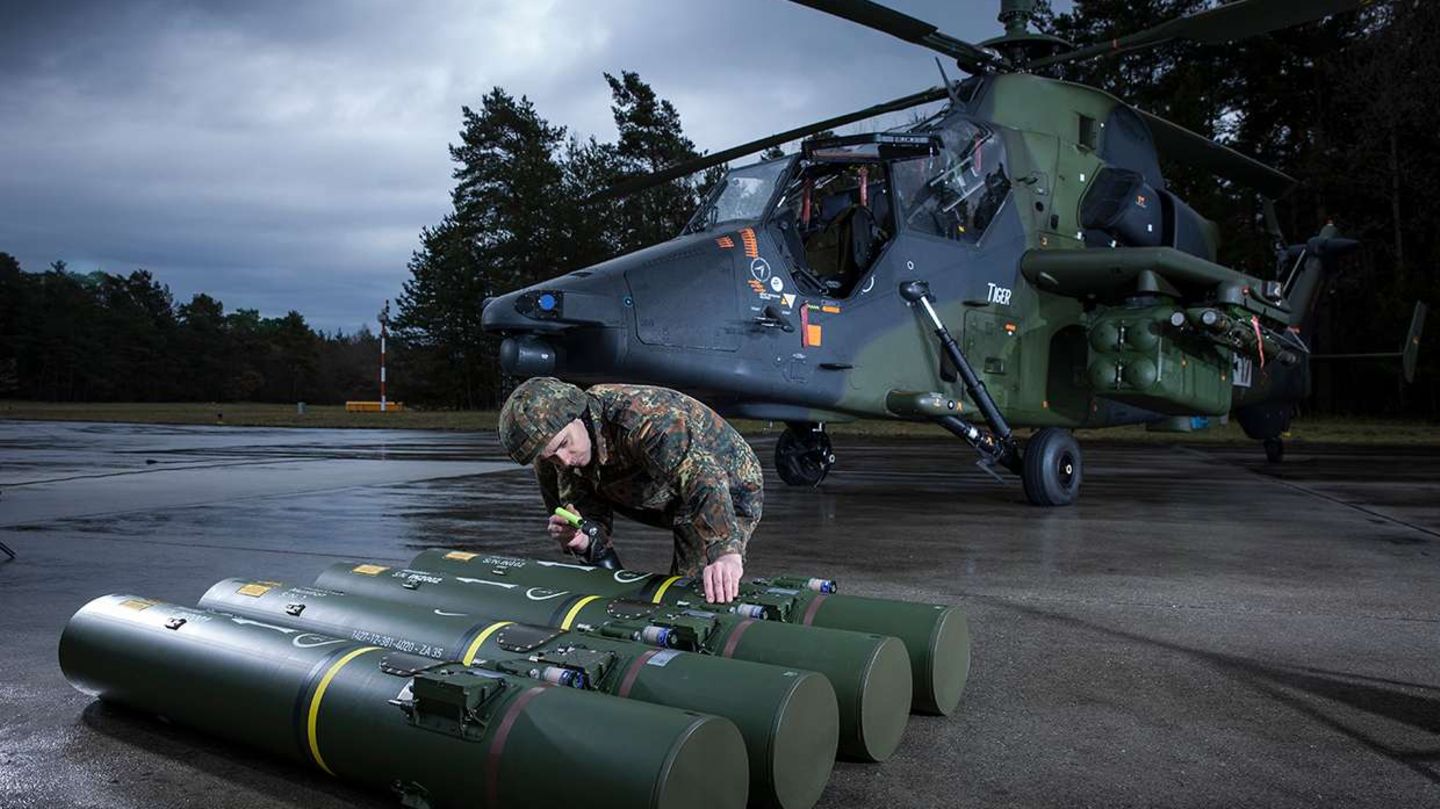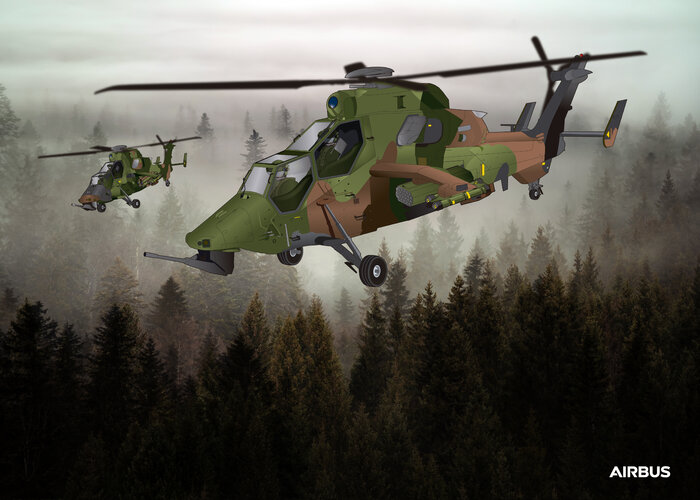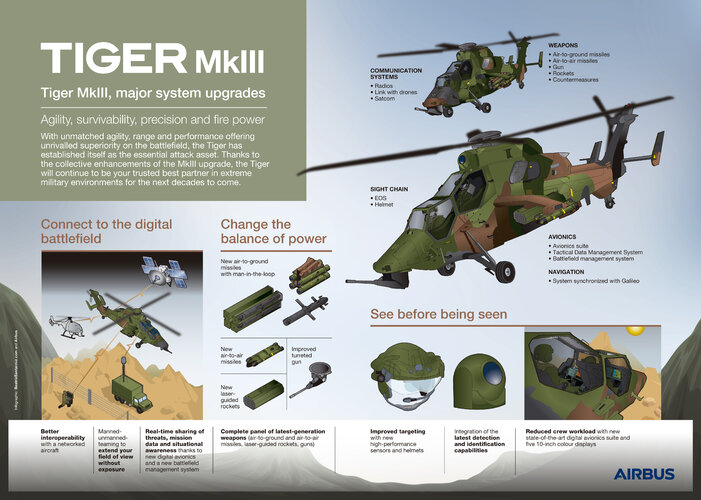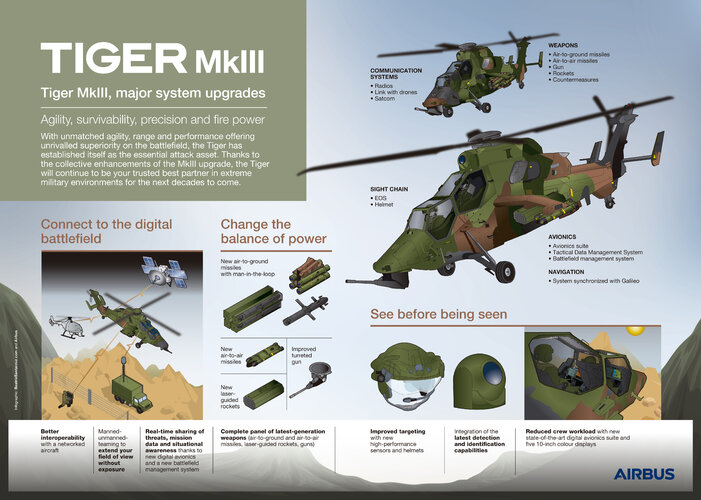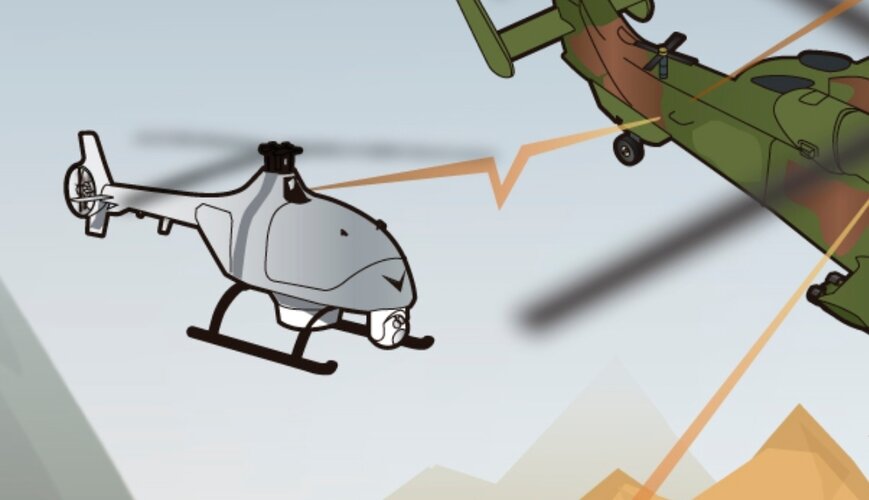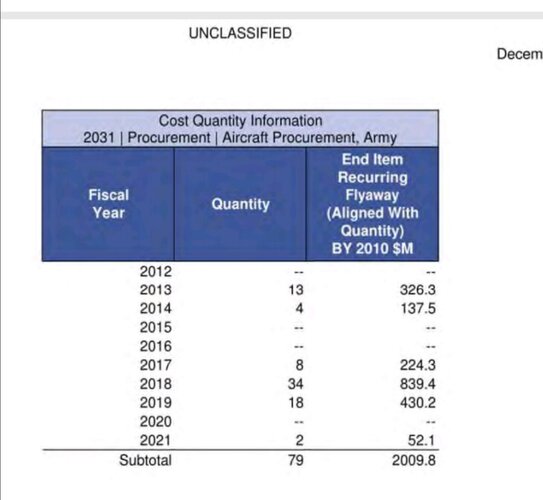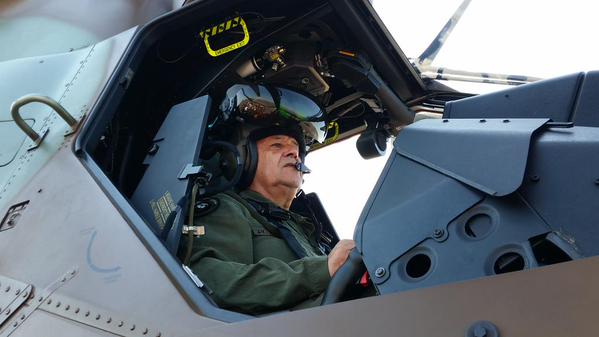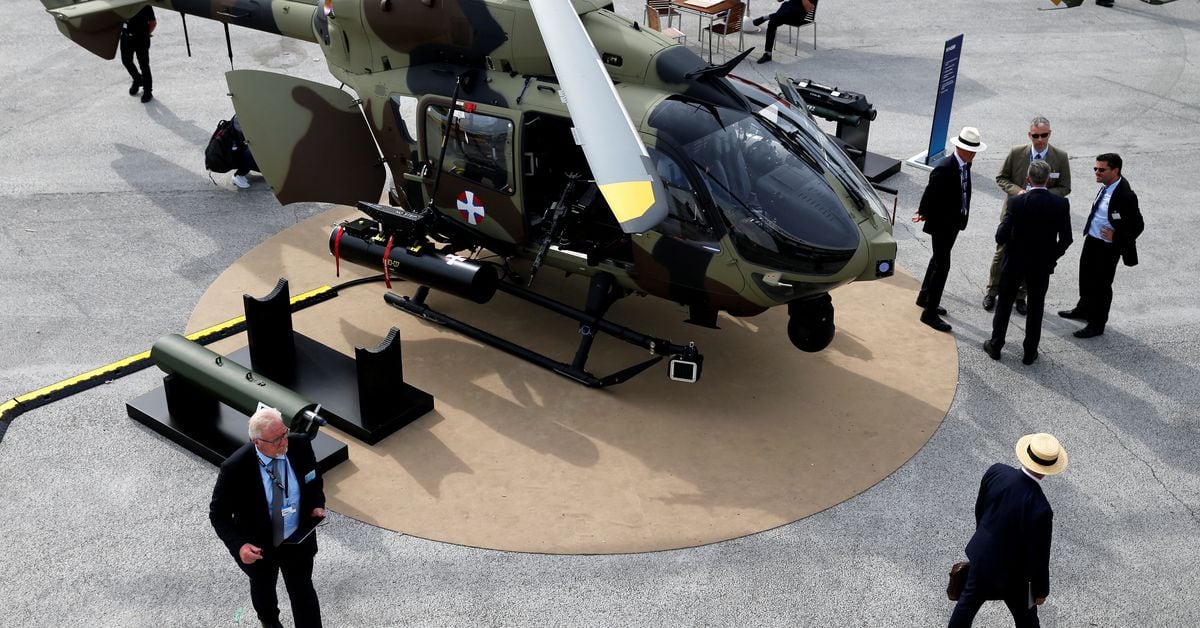I wonder if the constant changes of ownership haven't impacted on NH90 and Tiger given their original designer belonged to completely different companies and the fact that rationalisation of the industry seemed to happen around these two projects. On paper all of these are experienced companies but somehow its not gelled together.
Let's not forget that studies for NH90 began in the late 1970s for a helicopter for the 1990s (not a helicopter for the 2020s!!) before effort really kicked off in 1985.
Aérospatiale and DASA merged their helicopter interests as Eurocopter in 1992, the same year NHIndustries was created to oversee NH90.
In 1992, Fokker, in serious financial problems, entered an agreement with DASA but DASA's parent Daimler-Benz ditched Fokker in 1996 and they went bankrupt, Stork N.V taking over its airframe business.
Agusta merged with GKN-Westland in 2000 before becoming merged within Finmeccanica as Leonardo.
NHIndustries worksplit was:
- Airbus Helicopters France 31.25% (Engines, Rotors, the Electrical, flight control and the core avionics systems)
- Airbus Helicopters Deutschland 31.25% (Forward and centre fuselage, the fuel, communications and avionics control systems)
- Fokker 5.5% (Tail structure, doors, sponsons, landing gear and the intermediate gearbox)
- AgustaWestland 32% (Rear fuselage, main gearbox, hydraulic system, automatic flight control and plant management systems, power plant and the NFH mission system)
With no less than
six final assembly facilities (Marignane, France; Tessera, Italy; Donauwörth, Germany; Halli, Finland; Brisbane, Australia).
The Tiger was a more simple Aérospatiale and DASA project begun in 1984, in 1992 of course both became Eurocopter. There are two assembly facilities (Marignane and Donauwörth).
Thomson CSF who were responsible for the avionics was privatised in 1999, soon took over Racal and then became Thales in 2000.
The Tiger was complicated by so many versions and changes that there wasn't really a standard baseline to build on. Plus both parties were new to gunship choppers and the avionics and systems required. It wasn't like bolting weapons to a Gazelle or Puma.
And the vagaries of Trigat and its piecemeal chopping hasn't helped.
But as others have said, Germany's military seems to have widespread issues with maintenance and readiness so that can't be helping.

